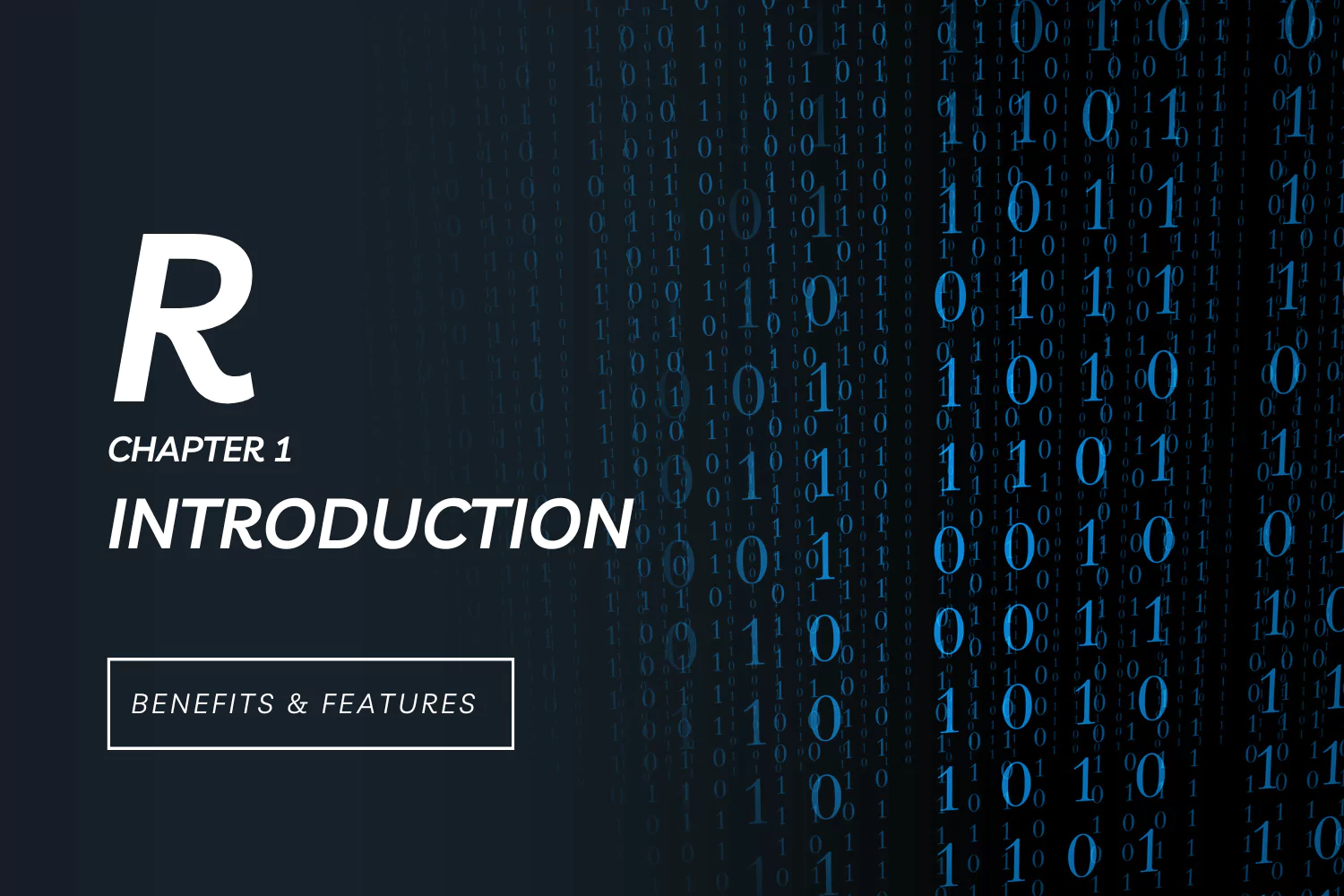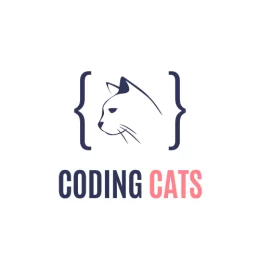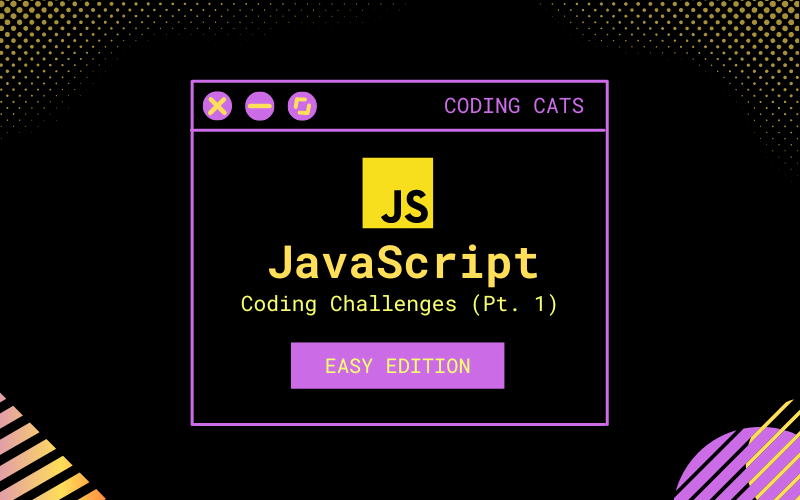
CH. 1 – Introduction to R | R Made Easy

Let’s begin with a brief introduction to R language before we go on to discuss the capabilities and advantages of this product. Since its inception in the 1990s as an academic demonstration language, the R language has seen fast expansion and development, to the point where its current user base is projected to exceed 2 million individuals throughout the globe. If you’re fluent in R, you have several career options, including data analyst, statistician, and data scientist. These are the highest-paying jobs available right now in the world of computer science.
R is a community of programmers, users, researchers, and practitioners; a tool that generates all types of graphics and data visualisations that are publication-quality; a library of freely released add-on packages; and a highly powerful programming language for all kinds of data processing and manipulation that can help you automate large portions of your job.
Benefits of Using R
Some of the many appealing features of R are: it’s constantly updated, that it’s well connected to many other kinds of data and other systems, and that it can be used to address issues in many different contexts. The fact that it’s free (in more ways than one) is perhaps its finest feature.

An Open-Source Language
R is freely distributable and modifiable since it is released under an open-source licence. Many people use the phrase “free as in speech” to describe this liberty. A second kind of liberty, “free as in beer,” is included in the form of R’s zero-dollar price tag. Simply said, this implies that R is completely open-source and available for no cost.
Given this leeway, many skilled programmers have added to and fixed issues in the R codebase. This explains why R is so consistent and dependable.
There are responsibilities that come along with any level of independence.
There is no need to do anything in order to use the program; the restrictions only apply to redistributing it. In a nutshell, you must allow others to utilise your modifications to the R source code if you redistribute the code after making changes to it.
Execute Anywhere!
The Core Team of R has done extensive work to port R to other platforms. This implies that Windows, Unix (including Linux), and Mac users all have access to R.
Extensions and Add-Ons
R is a versatile programming language that may be used for a broad range of tasks, including data analysis, statistical modelling, and graphical representation. However, R’s ability to be expanded upon is a major plus. It is simple for programmers to create their own applications and market them as expansion packs. Because these packages are so simple to build and implement, there are hundreds of them available. In fact, a R package is often included with the publication of many new (and not-so-new) statistical approaches.
A Bridge to Different Languages
As more and more researchers began using R in their investigations, efforts were made to seamlessly integrate R into existing processes. As a result, a slew of packages exist to connect R to various backend services, including file systems and databases. These packages were so successful that R now includes several of them by default.
For instance, you may read data from SPSS, SAS, Stata, and other statistical software with the help of the R package foreign, which is one of the recommended packages for R. You may use RODBC to connect to databases that use the Open Database Connectivity (ODBC) protocol, or ROracle to connect to Oracle databases.
At first, R was heavily influenced by Fortran and C. R could readily access code written in any of these languages. As the R community expanded, it became easier to bridge to other popular programming languages like C++, Java, and Python.
A Powerful Online Community
More and more people are adopting R. Users of R often go on to mentor newcomers and promote the language within their own professional communities. You can participate in discussions on
- Blog actively
- R project’s mailing lists
- StackOverflow, a website dedicated to programming-related Q&A.
- CrossValidated, a statistics Q&A website
The Powerful and Unique Features of R
R is not only a domain-specific programming language designed for data analysis. It has a number of distinctive characteristics that make it very potent, with vectors possibly being the most significant. These vectors enable you to do sophisticated operations on a collection of values with a single command.

Multiple Computations Using Vectors
To put it simply, R is a programming language built on vectors. You may see a vector as a set of numbers in a string of numbers or text. R is a computer language that gives you more freedom than most others to apply functions to the whole vector in a single step, without using an intermediate well-defined iterative loop. Let’s understand this concept with the example below.
1. Assign the value of 11:15 to a vector n.
> n <- 11:15
> n
# Output
[1] 11 12 13 14 15
2. Subtract the value of each element of the vector by 10
> n - 10
# Output
[1] 1 2 3 4 5
3. Now, add another to n
> n + 3:7
# Output
[1] 4 6 8 10 12
Note: Don’t freak out if you don’t know or understand the code. This chapter does not intend to teach you how to write code in R. We will jump into coding from Chapter 2.
In the vast majority of other programming languages, this would require an explicit loop to traverse each value of x. However, R is built to do several tasks simultaneously. This is one of the things that makes R so helpful and effective for data analysis.
Handling of More Than Just Numbers
The statistical programming language R was created by statisticians with the purpose of streamlining the process of analysing statistical data. R’s continued development in this direction has made it possible to use the programme for nearly any kind of statistical calculation.
Many individuals who identify more as programmers than statisticians have been interested in R as it has begun to spread beyond its roots in statistics. Consequently, R is currently well-suited for a broad range of non-statistical applications, such as data processing, graphical display, and analysis of many kinds. R is used in many different areas, including business, NLP, genetics, biology, and market research.
Because of its Turing completeness, R may be used as a standalone programming language for almost any task. (But not all tasks lend themselves well to R’s programming style.)
Code Execution Code Without a Compiler
Since R is an interpreted language, you do not need a compiler to convert your code into a program before you can use it, unlike in C or Java. R interprets the code you input and translates it into low-level calls to precompiled code and functions. In other words, this means that the whole development cycle may be streamlined by just delivering your code to convenience. During the 17th development cycle, code execution performance is compromised. Basically, code written in an interpreted language runs more slowly than code written in a compiled language.
R is not like C or Java, so if you’ve worked with those languages before, keep that in mind. R may be used as a procedural language like C or an object-oriented language like Java, although it is primarily centred on the functional programming paradigm.
Applications of R

Ready for Chapter 2?
Leave your preconceived notions about programming languages at the door; what you’re going to discover is really revolutionary. So, if you liked what you saw in Chapter 1, “Introduction to R,” you’re going to really like what’s coming up in Chapter 2.
Don’t miss the next chapter’s release by not signing up for our newsletter. In the mean time, we also have JavaScript practice sessions arranged for you guys.
Happy coding!
Related Articles:
Introduction to R, Introduction to R, Introduction to R, Introduction to R, Introduction to R, Introduction to R, Introduction to R, Introduction to R, Introduction to R, Introduction to R, Introduction to R, Introduction to R, Introduction to R, Introduction to R, Introduction to R, Introduction to R, Introduction to R, Introduction to R, Introduction to R, Introduction to R, Introduction to R, Introduction to R, Introduction to R, Introduction to R, Introduction to R, Introduction to R, Introduction to R, Introduction to R, Introduction to R, Introduction to R,











